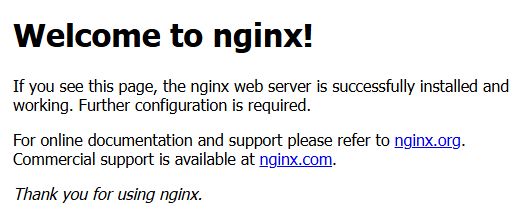VM side
On the master node create two files
- sample-deployment.yaml
# file: sample-deployment.yaml
apiVersion: apps/v1
kind: Deployment
metadata:
name: sample-app
spec:
replicas: 2
selector:
matchLabels:
app: sample-app
template:
metadata:
labels:
app: sample-app
spec:
containers:
- name: nginx
image: nginx:alpine
ports:
- containerPort: 80
- sample-service-nodeport.yaml
# file: sample-service-nodeport.yaml
apiVersion: v1
kind: Service
metadata:
name: sample-service-nodeport
spec:
type: NodePort
selector:
app: sample-app
ports:
- protocol: TCP
port: 80 # ClusterIP port
targetPort: 80 # Container port
nodePort: 30080 # Node port (any available >30000)
Deploy application
kubectl apply -f sample-deployment.yaml
# You should see 2 pods (replicas: 2) running:
kubectl get pods -l app=sample-app
and create a NodePort service
kubectl apply -f sample-service-nodeport.yaml
# You shouid see service running on port 30080
kubectl get services sample-service-nodeport
OCI Side
Navigate to Networking - Load Balancers
Create new “Load Balancer” (not “Network Load balancer”) using you VPC network and subnet.
On the Next step pick the instances you’d like to balance (worker nodes). Use HTTP health check and port 30080 for probes.
On the Next step choose HTTP as e type of traffic your listener handles
After provisioning LB creation, make sure you have rule allowing incoming traffic on port 80 from your public IP and open http://
